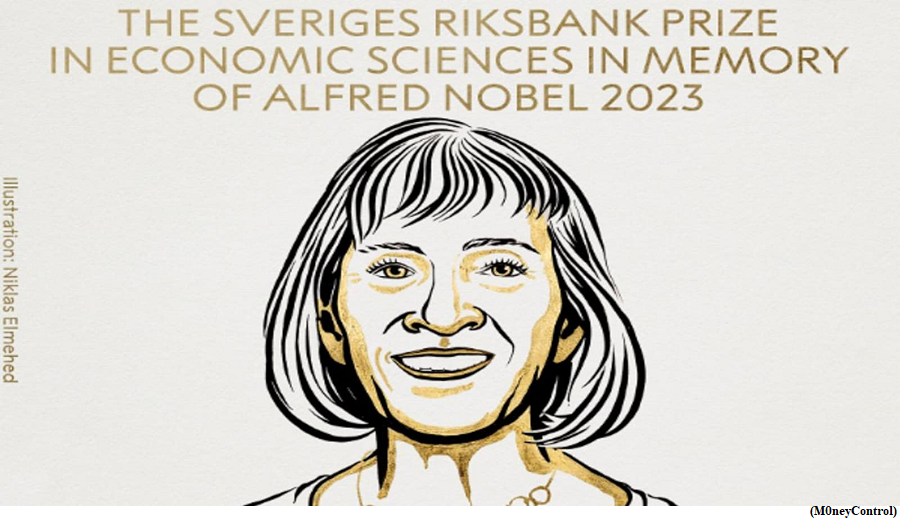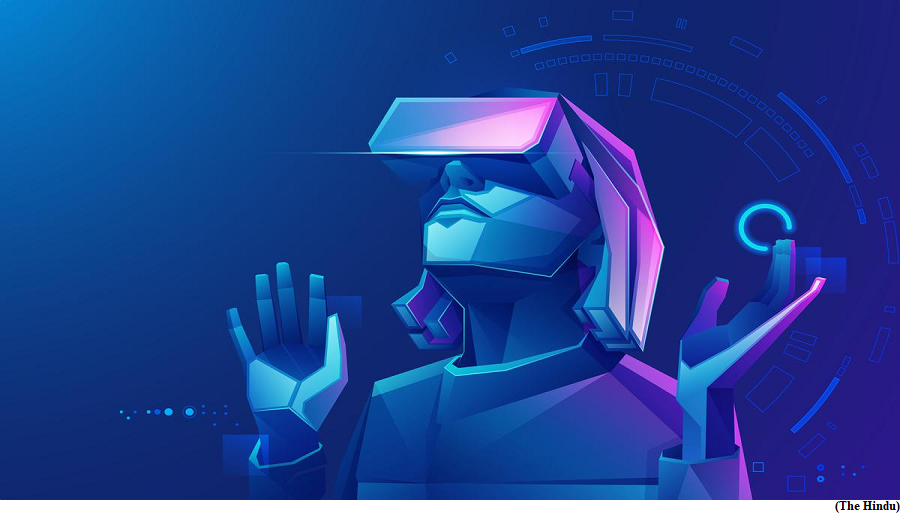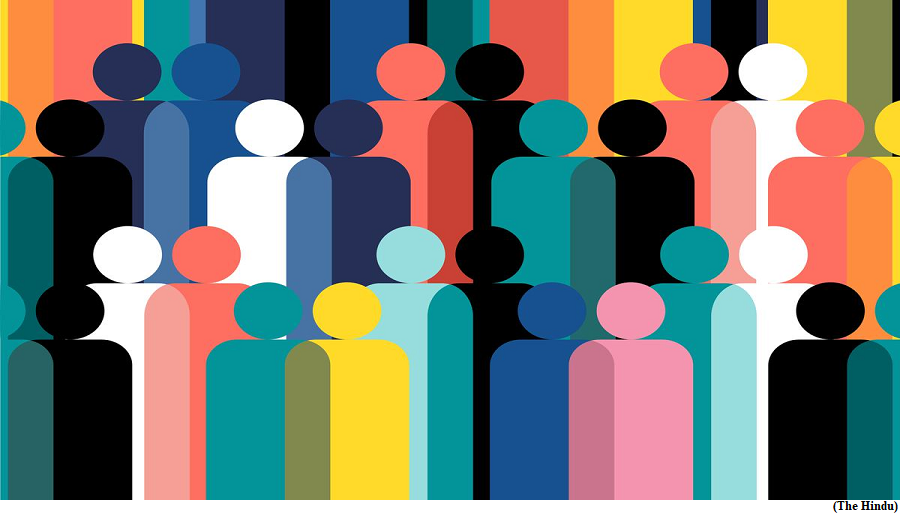Claudia Goldin wins 2023 Economics Nobel Prize (GS paper 3, Economy)

Why in news?
- The Nobel Prize for economics was awarded to Harvard University professor Claudia Goldin for her research that has advanced the understanding of the gender gap in the labour market.
- She is just the third woman to win the prize out of 93 economics laureates.
Focus of research:
- She has studied 200 years of women’s participation in the workplace, showing that despite continued economic growth, women’s pay did not continuously catch up to men’s and a divide still exists despite women gaining higher levels of education than men.
- While her research focused on the US, her findings are applicable to many other countries.
Pre & post industrialisation:
- Before Goldin’s book was published in 1990, data mainly from the 20th century had been published, and researchers believed that as the economy grew, so did women’s labour force participation.
- Goldin reached back to older data to reveal that before industrialisation, more women were likely to have been involved in economic activity related to agriculture and various cottage industries. With greater industrialisation, work was concentrated in factories, and women found it difficult to leave their homes and travel to work.
- This trend reversed in the early 20th century, with the growth of the services sector. Two other factors played a crucial role in women’s access to higher education and employment; marriage and the contraceptive pill.
Limitations of marriage
- Goldin’s work found that by the beginning of the 20th century, while around 20 per cent of women were gainfully employed, the share of married women was only five per cent.
- She noted that legislation known as “marriage bars” often prevented married women from continuing their employment as teachers or office workers.
- Despite an increasing demand for labour, married women were excluded from parts of the labour market. This type of legislation peaked during the 1930s’ Great Depression and the years following it, but was not the only reason.
- She also demonstrated that there was another important factor in the slow reduction of the gap between men’s and women’s rates of employment, namely women’s expectations for their future careers.
- Women’s expectations were based on the experience of their mothers, and thus their educational and professional decisions were not taken with the expectation of having a long, uninterrupted, and fruitful career.
Contraceptive pills:
- By the end of the 1960s, as easy-to-use contraceptive pills became more popular, women could exercise greater control over childbirth and actually plan careers and motherhood.
- Women also ventured beyond the services sector, studying subjects like law, economics, and medicine.
- Now, women were catching up in terms of education and fields of employment. However, one glaring gap still remained and continues to this day, the gender-based pay gap.
Pay gap and parenthood:
- Till the time men and women worked in factories, where the pay depended on the day’s countable output, the pay gap was not too high. It became wider when monthly pay contracts came into the picture.
- One factor significantly impacted how men were paid versus women, childbirth. As women had to shoulder more of the parenting responsibilities once a child was born, they were also punished for this at the work front in terms of a slower rise on the payscale.
About the Economics Nobel:
- A Nobel Prize in Economics was not part of Alfred Nobel’s 1895 will that established the other prizes.
- The prize is based on a donation received by the Nobel Foundation in 1968 from Sveriges Riksbank (Sweden’s central bank), on the bank’s 300th anniversary.
- It is formally called the Sveriges Riksbank Prize in Economic Sciences in Memory of Alfred Nobel.
- Goldin is only the third woman to win this honour.
- In 2009, Elinor Ostrom got the award along with Oliver E Williamson, while in 2019, Esther Duflo shared it with Abhijit Banerjee and Michael Kremer.
What is multimodal artificial intelligence and why is it important?
(GS paper 3, Science and Technology)
Context:
- Recently, ChatGPT-maker OpenAI announced that it had enabled its GPT-3.5 and GPT-4 models to study images and analyse them in words, while its mobile apps will have speech synthesis so that people can have full-fledged conversations with the chatbot.

Background:
- The Microsoft-backed company had promised multimodality in March, during the release of GPT-4 and kept the addition on the backburner.
- However, the company has rushed the release after a report by revealed that Google’s new yet-to-be-released multimodal large language model called Gemini, was already being tested in a bunch of companies.
- The Google had an easy advantage over competitors in the multimodal world because of its readily available bank of images and videos via its search engine and YouTube. But OpenAI is moving fast to make inroads.
- It is also reportedly working on a new project called Gobi which is expected to be a multimodal AI system from scratch, unlike the GPT models.
How does multimodality work?
- The past couple of years have seen a stream of multimodal AI systems being released. Like OpenAI’s text-to-image model, DALL.E, upon which ChatGPT’s vision capabilities are based, is a multimodal AI model that was released in 2021.
- DALL.E is built on another multimodal text-to-image model called CLIP that OpenAI released the same year.
- DALL.E is in fact the model which kickstarted the generative AI boom, and is underpinned with the same concept that runs other popular AI image generators like Stable Diffusion and Midjourney, linking together text and images in the training stage.
- The system looks for patterns in visual data that can connect with data of the image descriptions. This enables these systems to generate images according to the text prompts that users enter.
- GPT’s voice processing capabilities are based on its own open-source speech-to-text translation model, called Whisper, which was released in September 2023. Whisper can recognise speech in audio and translate it into simple language text.
Applications of multimodal AI:
- Some of the earlier multimodal systems combined computer vision and natural language processing models or audio and text together to perform some of the simpler but rather important functions like automatic image caption generation etc.
- And even if these multimodal systems weren’t an all-powerful model like GPT-4 gunning for the ultimate dream of artificial general intelligence (AGI), they carried enough value to address very real-world problems.
- In 2020, Meta was working on a multimodal system to automatically detect hateful memes on Facebook. Meanwhile, Google researchers published a paper in 2021 about a multimodal system they had built to predict the next lines of dialogue in a video.
Upcoming models:
- In May, Meta announced a new open-source AI multimodal system called ImageBind that had many modes; text, visual data, audio, temperature and movement readings. Meta had speculated that future multimodal models could add other sensory data to them, like “touch, speech, smell, and brain fMRI signals.”
- The idea behind this is to have future AI systems cross-reference this data in similar ways that current AI systems do for text inputs.
Other segments for multimodality:
- Other industries like medicine are “inherently multimodal”. Processing CT scans, or identifying rare genetic variations all need AI systems that can analyse complex datasets of images, and then respond in plain words.
- Google Research’s Health AI section has been working at this for some time now, having released papers around what the ideal method is to integrate multimodal AI systems in this field.
- AI models that perform speech translation are another obvious segment for multimodality.
- Google Translate uses multiple models as do others like Meta’s SeamlessM4T model, which was released earlier. The model can perform text-to-speech, speech-to-text, speech-to-speech and text-to-text translations for around 100 languages.
India needs youth mental health focus to strike demographic gold
(GS paper 2, Health)
Context:
- India’s adolescent population, aged 10-19 years, accounts for a substantial portion of the national total, some 253 million. This demographic segment is a significant part of what economists and demographers have come to call the ‘demographic dividend’.
- It hold the promise of economic prosperity and development but few also acknowledge that this potential actually hinges on these young men’s and women’s physical as well as mental well-being.

Lacking focus on youth mental health:
- Adolescent health and well-being have become important in public health discourses worldwide.
- Acknowledging the adolescent cohort’s pivotal role in society, the governments of both the States and the nation have introduced numerous policies and programmes to protect and respond to the health-wise needs of these young individuals. However, a closer look reveals that mental health does not figure as predominantly as warranted in many of these policies.
- Adolescence is a time of profound transformation. It marks the transition from childhood to adulthood, and is laden with challenges – including those related to the perception of one’s body and body image issues.
- Society’s expectations regarding the ‘ideal’ behaviour and body types can significantly affect physical and mental health. The weight of academic expectations, peer pressure, and concerns about the future also take a toll on mental health at this time.
Rashtriya Kishor Swasthya Karyakram (RKSK):
- The Rashtriya Kishor Swasthya Karyakram (RKSK) is a Government of India policy that deals exclusively with adolescent health. It was rolled out on January 7, 2014. But despite having been in operation for nearly a decade, the mental health strategies under this policy have been implemented painfully slowly.
- Under the purview of the National Health Mission, State governments were responsible for implementing the RKSK policy, including setting up ‘Adolescent Friendly Health Clinics’ as part of its facility-based strategies.
- But to this day, the RKSK has not shared data on its critical components, including (but not limited to) mental health, violence, injuries, and substance misuse. It has also initiated few discussions on the curative aspect of mental health.
- And despite having recruited and trained numerous counsellors (both male and female) dedicated to adolescent health within the first three years of RKSK, many district-level vacancies persist.
Other policies:
- Other policies like the Sarva Shiksha Yojana (focused on learning disabilities), the National Youth Policy (substance abuse), the National Mental Health Policy, the Yuva Spandana Yojana (only in Karnataka) address various immediate and underlying factors that affect mental health.
- However, most policies that are centred on adolescents have regarded mental health as a secondary concern.
Burden & lack of data:
- Adolescents in India are particularly vulnerable to mental health problems like anxiety disorders and depression. Official reports have stated that among Indians aged 13-17 years, the prevalence of severe mental illness was 7.3% (as of 2015-2016).
- Even three years after the onset of the COVID-19 pandemic, mental health disorders among adolescents continue to become more common and have their effects felt.
- An informal survey revealed little awareness of RKSK among school-going adolescents, parents, and teachers in the urban slums of Mumbai and less so of the digital interventions of RKSK, a mobile app called ‘Saathiya Salah’ and an e-counselling within that app.
- Further, during a focused group discussion, students attending a school that facilitated access to a school-based counsellor said that they had negatively labelled the counsellor as a “tension teacher”, and that they were reluctant to share their concerns with this individual, fearing that they might be reported and have their privacy violated.
- In India, mental health disorders are underreported due to poor awareness, lack of help-seeking behaviour (stemming from stigma), a desire and/or expectations to be self-reliant, and insufficient prioritisation in the policy framework.
Future roadmap:
- The policymakers should endeavour to shift from the current “medical model” of mental health to the convergent model of mental health: the latter recognises the complex interplay of behavioural, environmental, biological, and genetic factors throughout an individual’s life, especially during the crucial stages of childhood and adolescence.
- To this end, well-meaning programs like RKSK can learn from the experiences of other countries to better implement its vision.
- For example, the successful implementation of the ‘Whole School, Whole Community, Whole Child’ model in the U.S. embraces a holistic approach to children’s well-being by considering factors such as nutrition, physical activity, and emotional health within the school environment.
- Initiatives like establishing peer support groups in schools and colleges and community-based interventions leveraging technology can also encourage help-seeking behaviour.
Multi-sector approach:
- A multi-sector approach that includes underlying factors like education and nutrition should be at the core of policies to realise the full potential of adolescents.
- India’s youth is aspirational and deserves a good education. A good education empowers youngsters to access resources, assert their rights, and tackle societal and family issues better.
Way Forward:
- There is need to recognise that a healthy mind thrives within a healthy body. The government should continue to make the improvement of school environments and health-promoting conditions a priority in parallel with efforts to combat pressing health concerns like malnutrition and anaemia.
- Our nation’s future is banking on evidence-based policy-making and unwavering political commitment to be able to move mountains.




